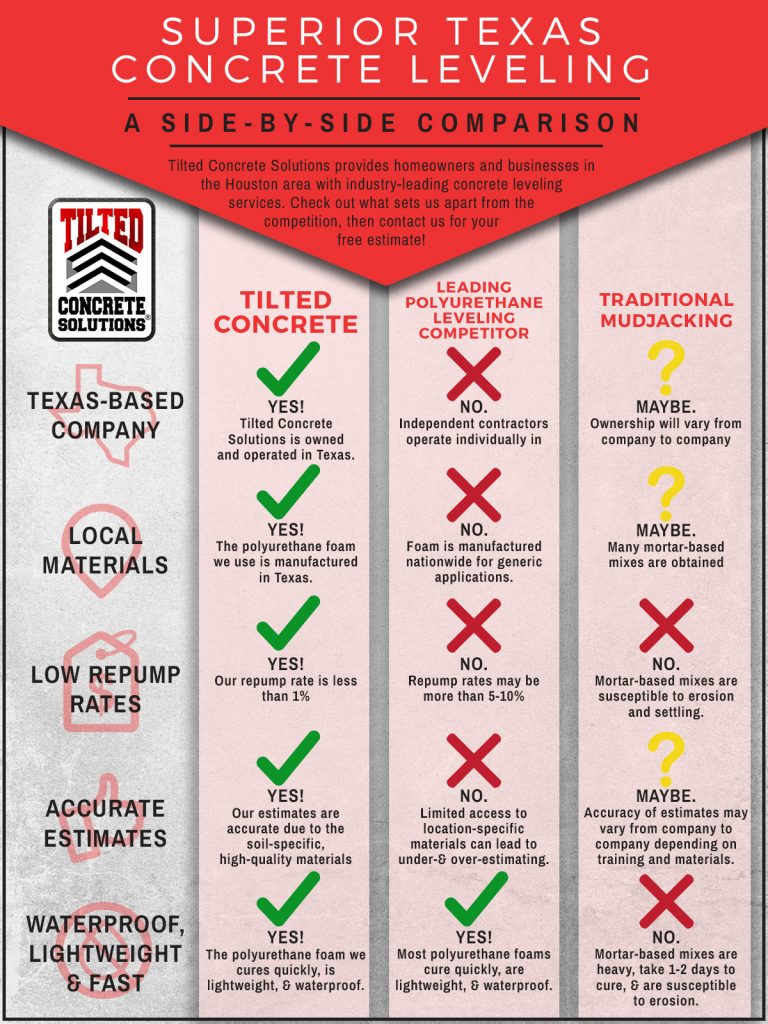Distinguishing Between Interior And Exterior Paint: Major Distinctions And Their Makes Use Of
Distinguishing Between Interior And Exterior Paint: Major Distinctions And Their Makes Use Of
Blog Article
Material Author-Hastings Wilkerson
When you're choosing between exterior and interior paint, it's important to understand their fundamental differences that influence both performance and visual appeals. Inside paints are crafted for reduced VOC levels and smoother surfaces, making them suitable for interior areas, while outside paints are developed to endure severe climate condition and UV exposure. Each type serves a distinct purpose, yet knowing when to use one over the various other can substantially influence your job's outcome. So, what aspects should you think about when making your option?
Make-up and Formula
When picking between interior and exterior paint, recognizing their structure and formula is vital. Interior paints typically have a reduced amount of unpredictable organic substances (VOCs), making them more secure for indoor air quality. You'll observe they often have a smoother coating, which boosts their capacity to resist spots and permits easier cleansing. They're made to hold up against the roughness of interior atmospheres, consisting of differing humidity levels and temperature fluctuations.
On the other hand, exterior paints are created to endure harsher problems. They usually consist of higher degrees of pigments and additives to withstand fading from UV rays, in addition to to prevent mildew and mold and mildew growth. Their structure consists of more binders and resins, which supply better attachment to surface areas revealed to the aspects. This ensures the paint can endure rainfall, snow, and changing temperature levels without peeling or splitting.
Efficiency and Durability
Assessing efficiency and longevity is necessary when choosing between interior and exterior paint. Inside paint is designed for surface areas that experience less wear and tear. It normally withstands fading and scuffing, making it perfect for living rooms and bedrooms. Nonetheless, it might not stand up well in high-moisture areas like bathroom and kitchens without proper solution.
On the other hand, exterior paint encounters harsher problems. It's crafted to stand up to UV rays, rainfall, and temperature level variations. This kind of paint frequently contains ingredients that protect against mold and mildew and mildew growth, guaranteeing longevity in different climates. When you use outside paint, you can anticipate it to last several years much longer than interior paint, provided it's applied appropriately.
Another key distinction lies in the finish alternatives. Interior paints commonly have a variety of coatings for aesthetic allure, while exterior paints focus on durability over luster. If you're seeking something that can handle the components, outside paint is your best bet.
On the other hand, if you're focused on interior visual appeals with less concern for extreme problems, interior paint might be appropriate. Inevitably, your choice needs to align with the certain needs of the atmosphere.
Aesthetic Factors to consider
A fresh coat of paint can transform an area, but visual considerations play an essential role in your selection in between interior and exterior options. When you're picking paint, think of the state of mind you intend to develop. Interior paint enables you to explore a bigger variety of colors and surfaces, enabling you to express your personal style and improve your home's ambiance. Whether you choose soft pastels or bold hues, the best interior paint can make your areas really feel cozy, vibrant, or tranquil.
On https://www.bobvila.com/articles/best-paint-for-brick-fireplace/ , outside paint needs to straighten with your home's style and the surrounding environment. Here, you're not just making a design declaration; you're also considering curb allure. Picking https://dominicksaccc.blogacep.com/36592609/while-taking-a-look-at-industrial-painting-contractors-identify-the-selection-of-services-they-give-that-can-rejuvenate-your-building-and-satisfy-certain-sector-assumptions that harmonize with your neighborhood can increase your home's value and visual appeal. Bear in mind that exterior paint is also subject to fading and climate modifications, so selecting a timeless color can save you from constant repainting.
Eventually, take into consideration how each option fits your vision. By straightening your paint selection with your preferred aesthetic, you can create rooms that mirror your personality while preserving performance.
Conclusion
When it pertains to picking paint, understanding the vital distinctions between interior and exterior alternatives is necessary. Interior paints focus on aesthetics and reduced VOCs, making them best for enhancing your interior spaces. On the other hand, exterior paints are designed for longevity and weather resistance, protecting your home from the components. By considering your details demands and the setting, you can with confidence select the appropriate paint to accomplish the appearance and durability you prefer for your room.
